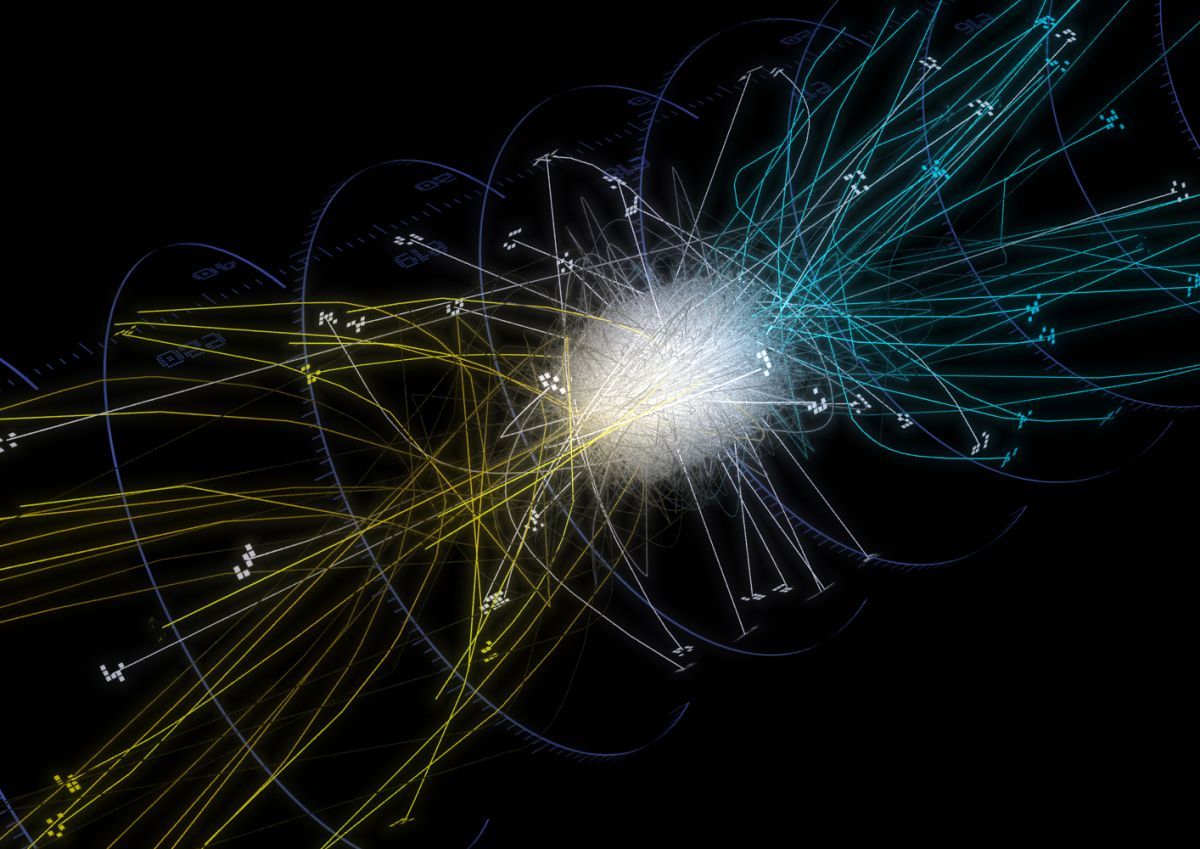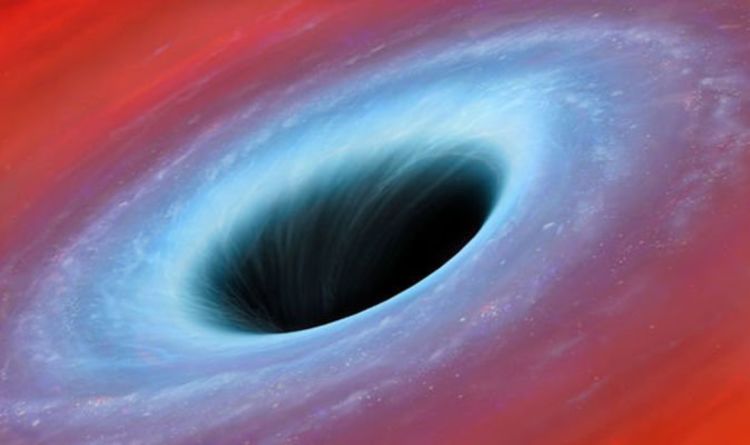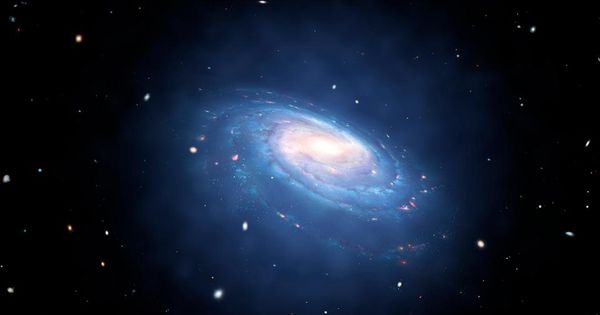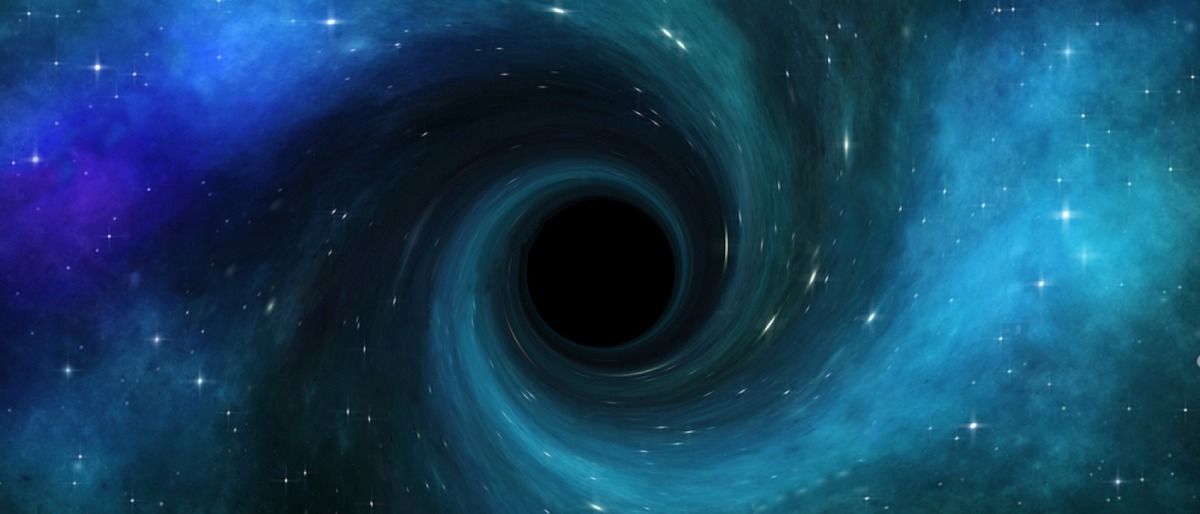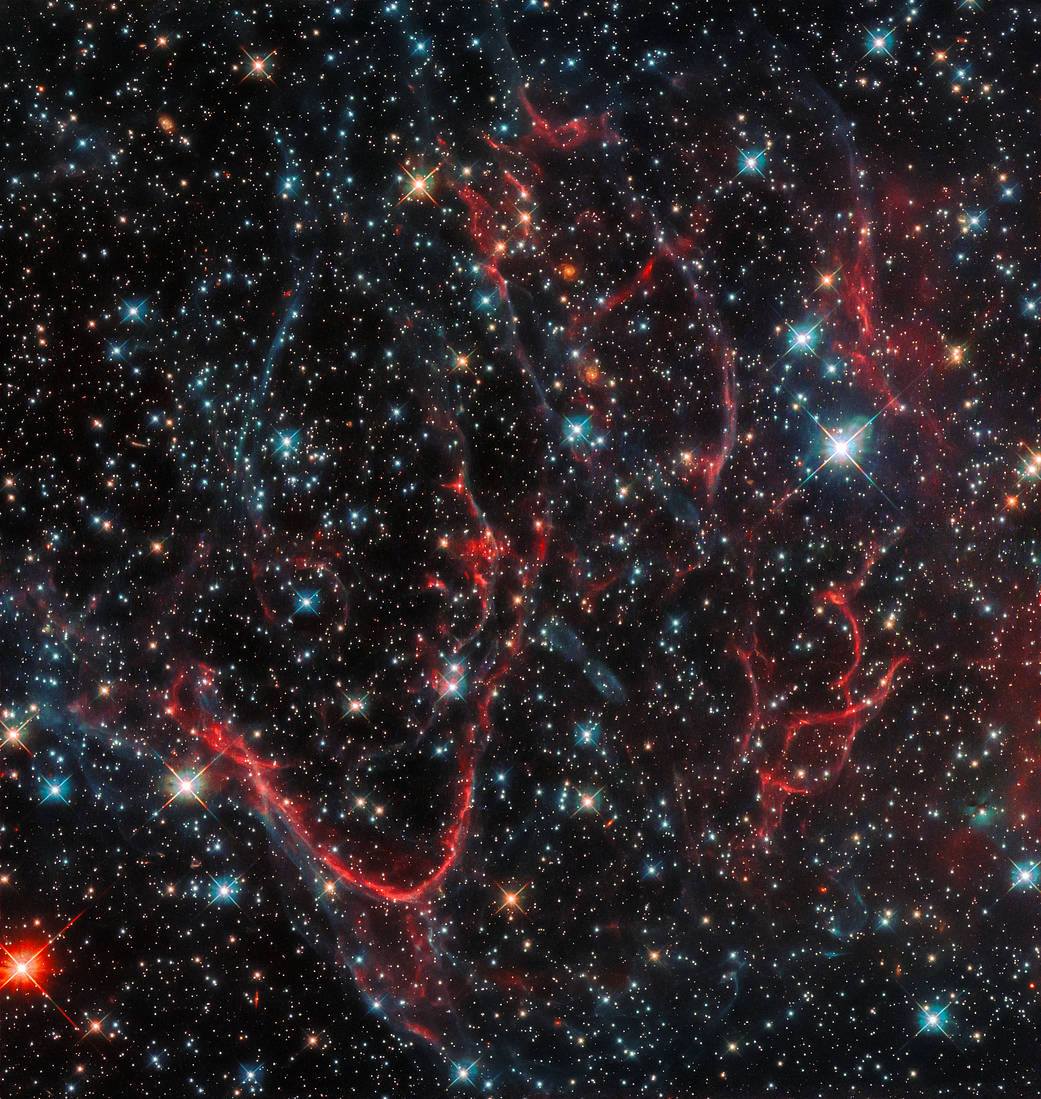This discovery could help us answer some of the largest conundrums in physics today. Scientists know that matter and antimatter were created in about equal proportions after the Big Bang, as the universe cooled and expanded, but they can’t explain the asymmetry of matter and antimatter, or why antimatter, which annihilates anything it comes into contact with, didn’t just wipe out all matter.
“[W]e have yet to answer a central question of why didn’t matter and antimatter, which it is believed were created in equal amounts when the Big Bang started the Universe, mutually self-annihilate?” co-author Professor Mike Charlton said to Sci-News. “We also have yet to address why there is any matter left in the Universe at all. This conundrum is one of the central open questions in fundamental science, and one way to search for the answer is to bring the power of precision atomic physics to bear upon antimatter.”
